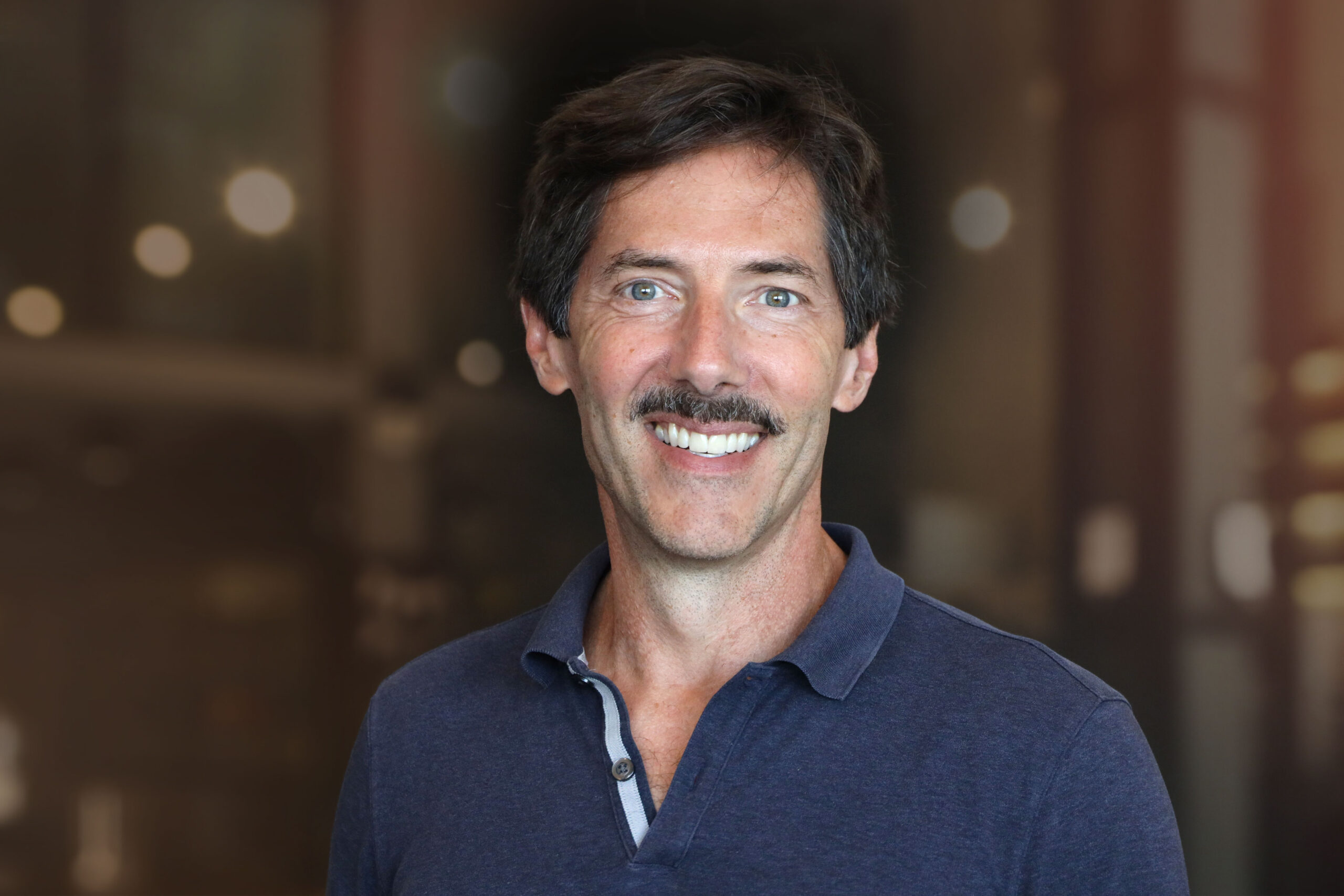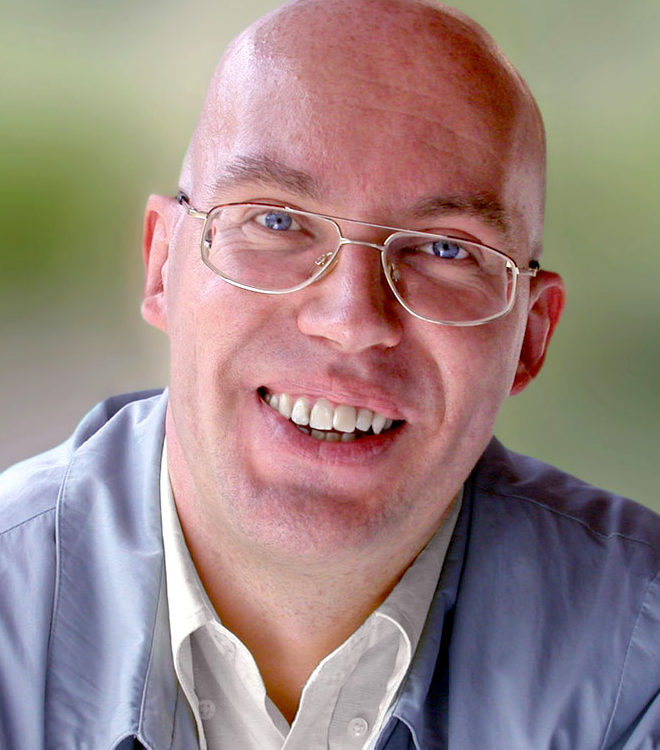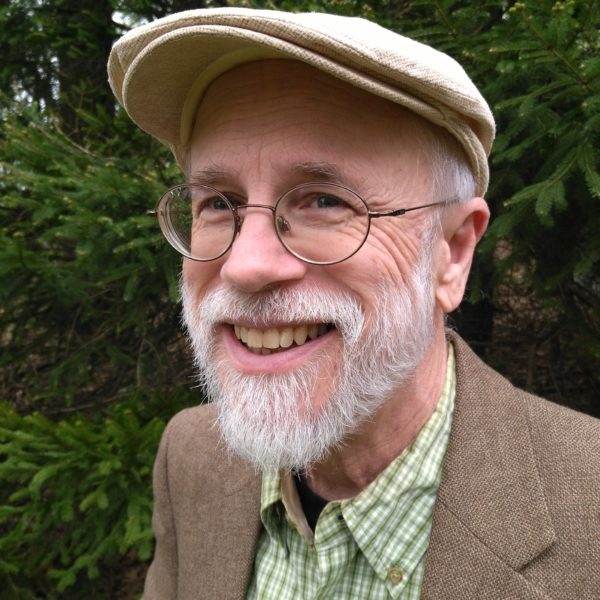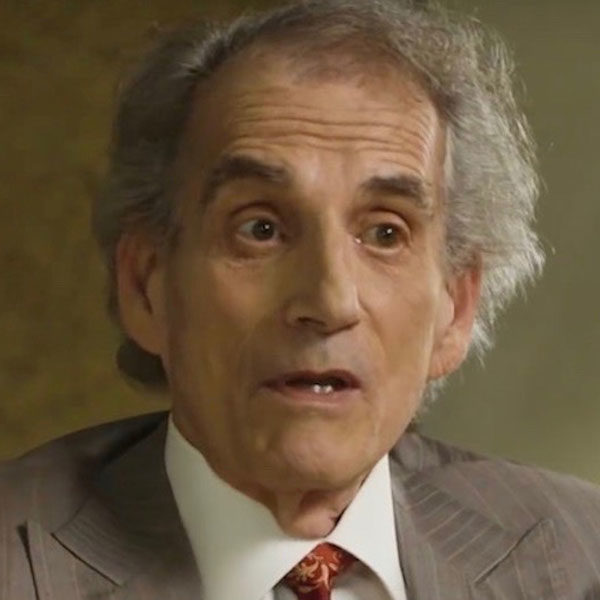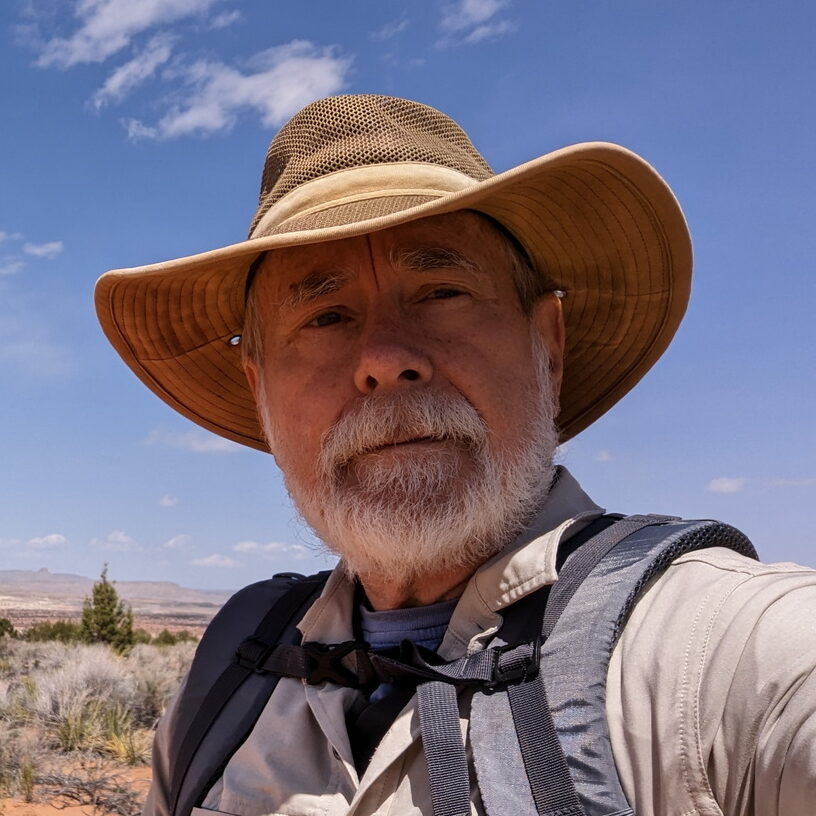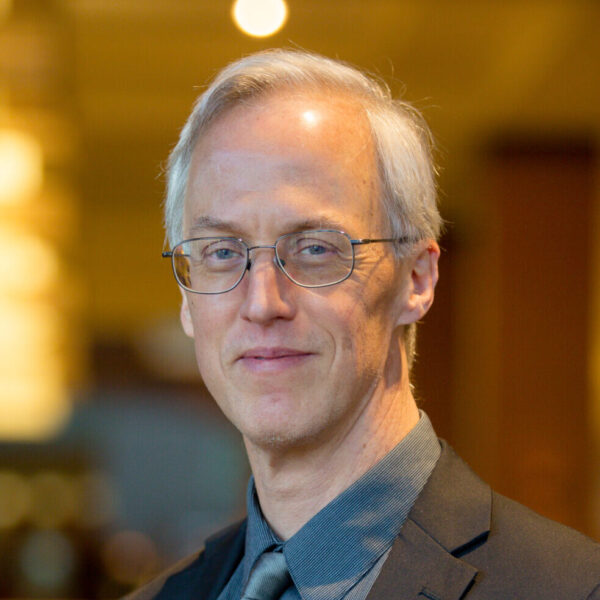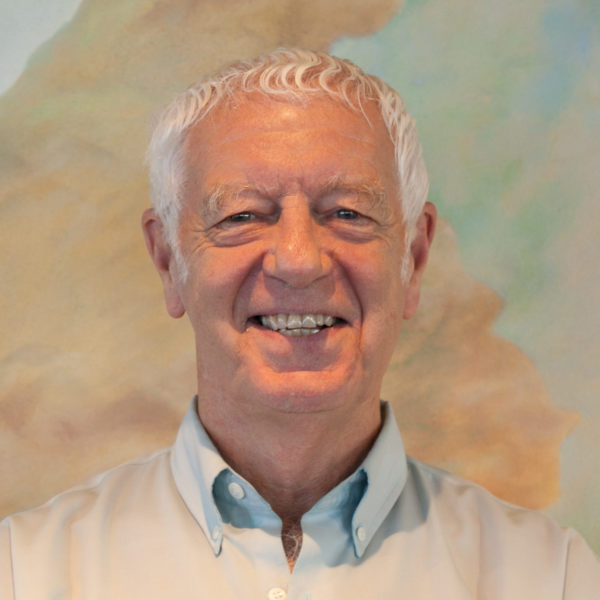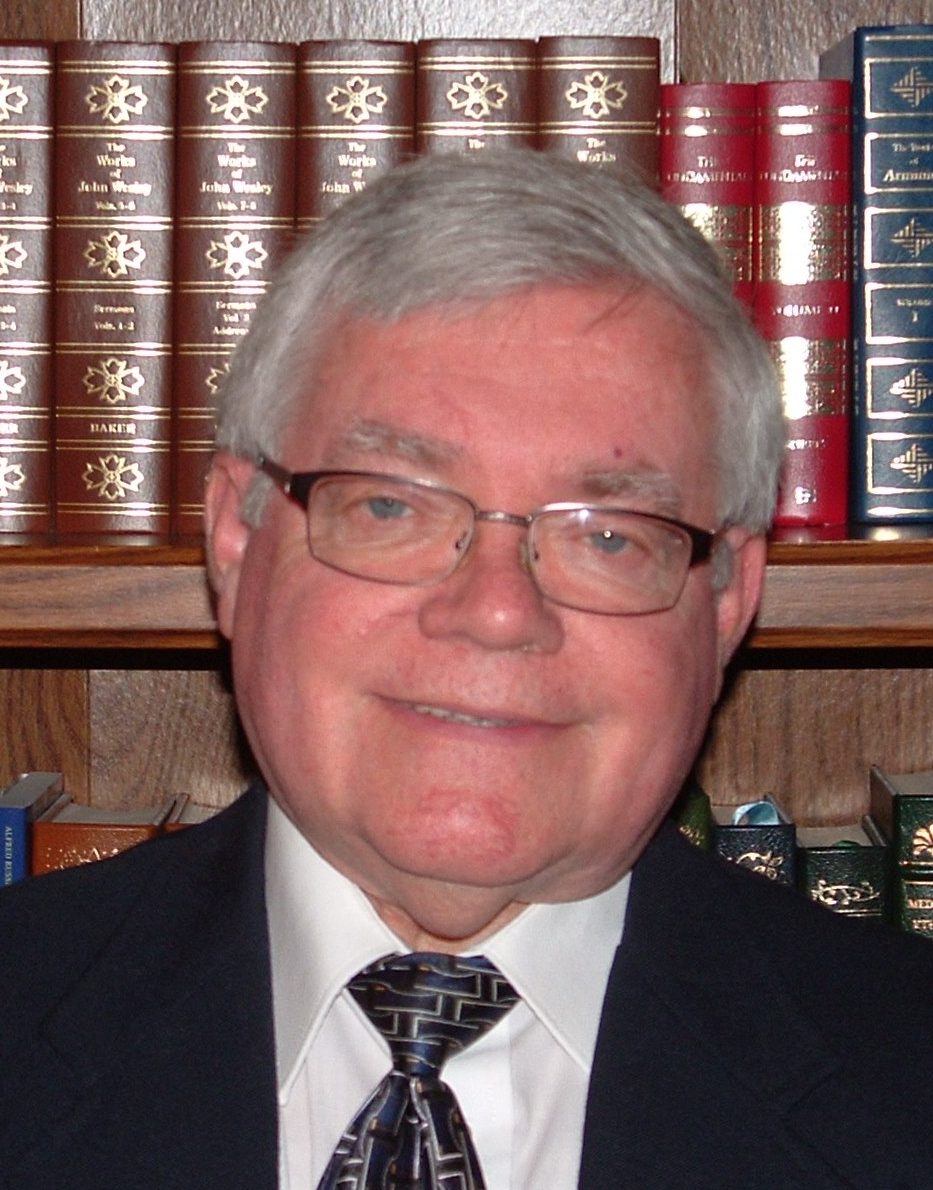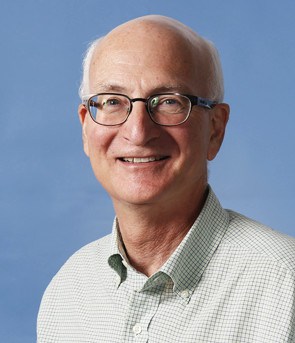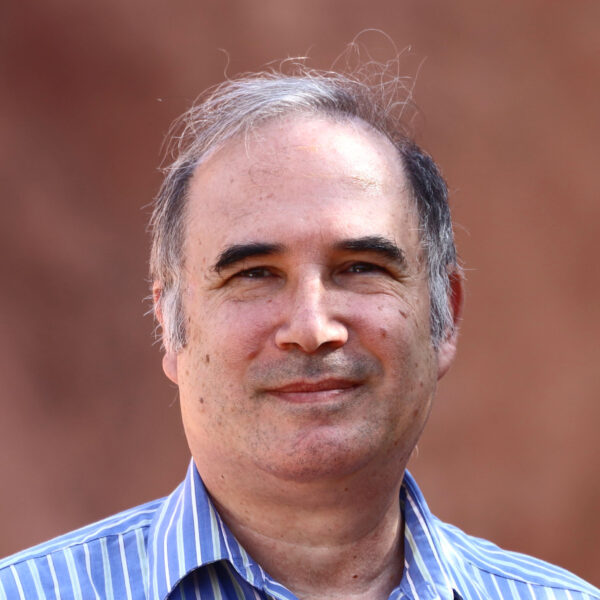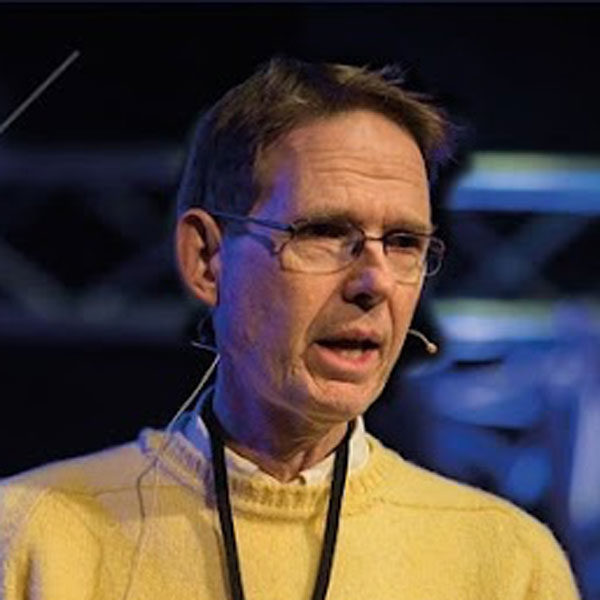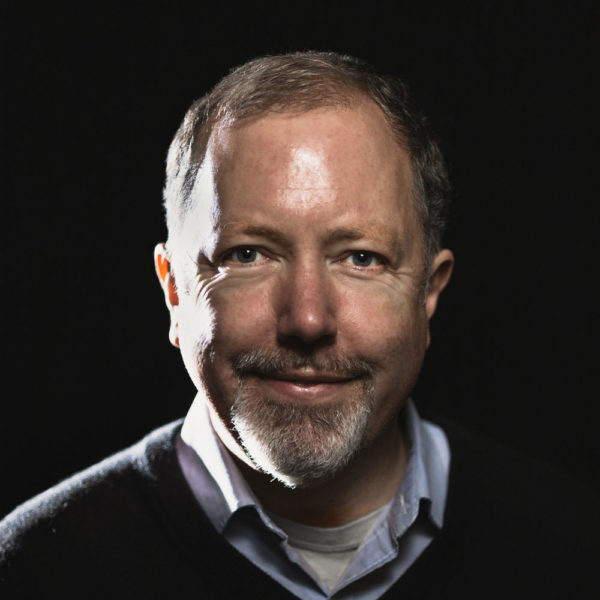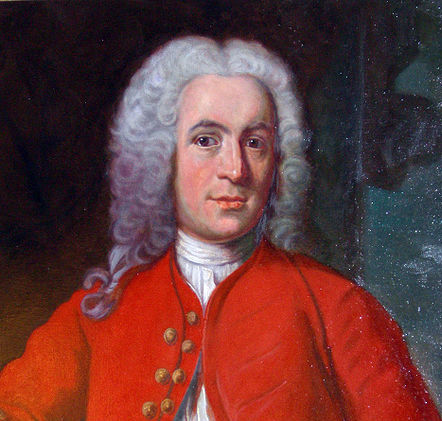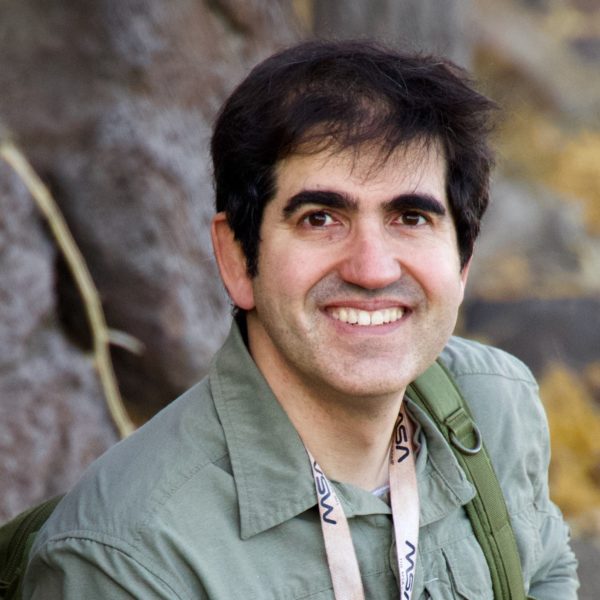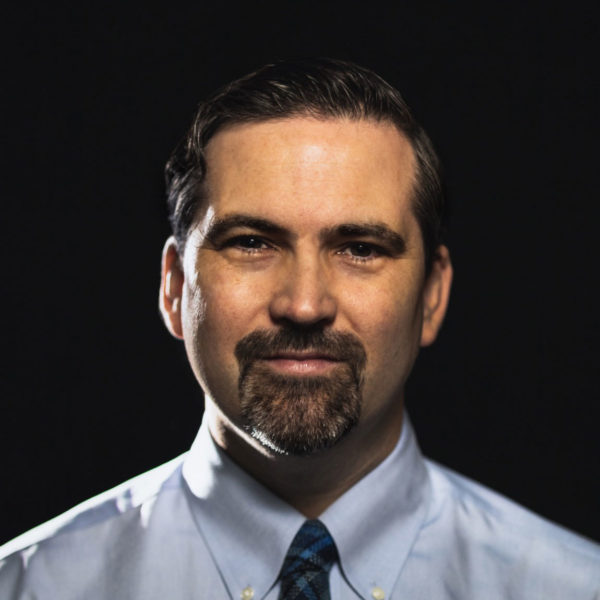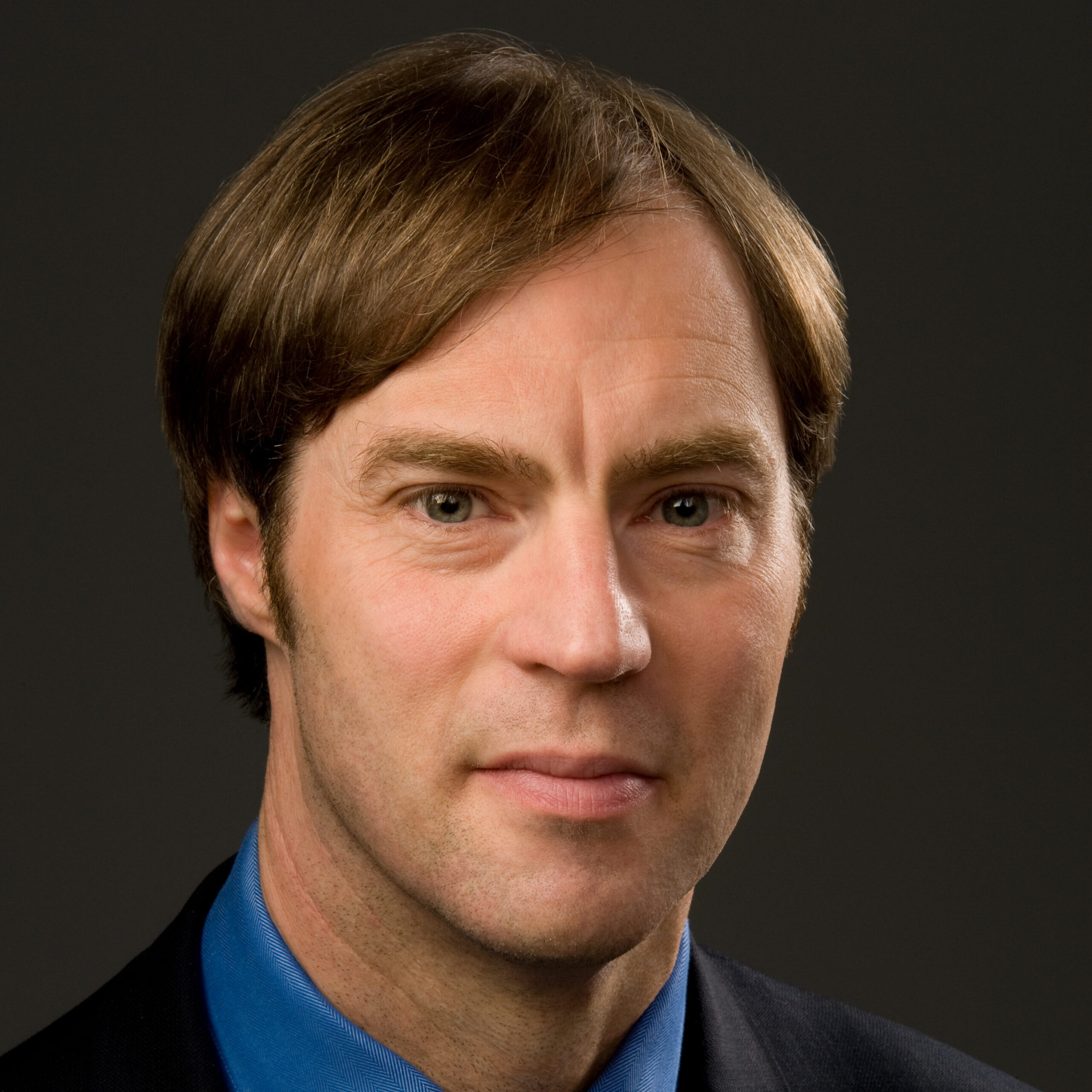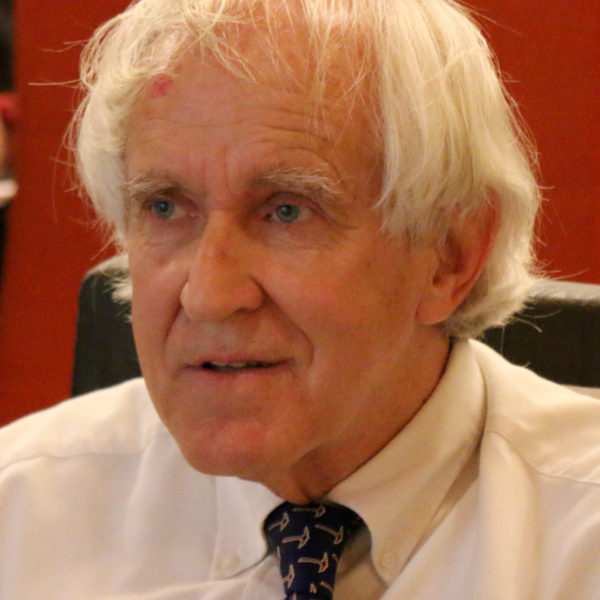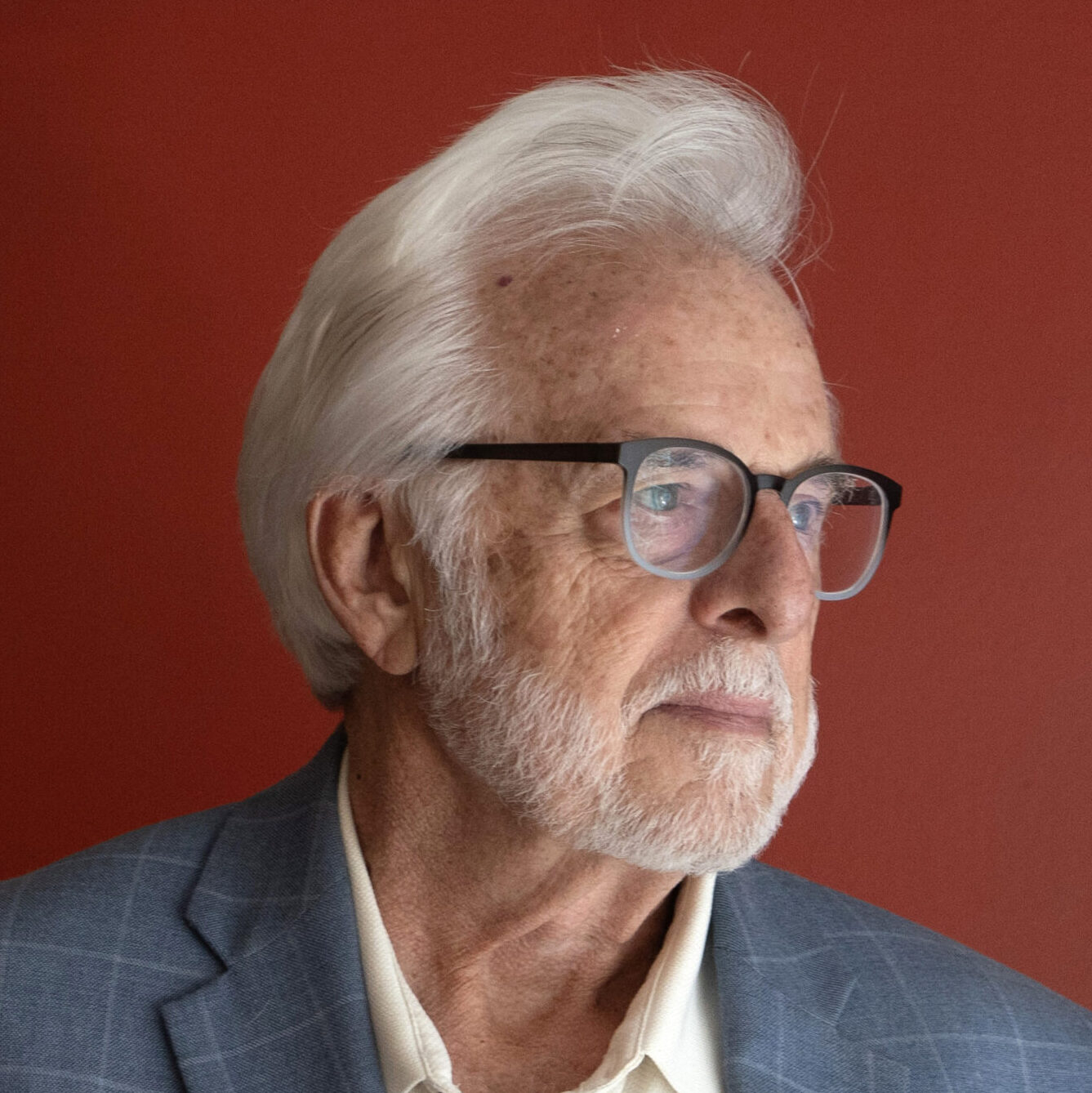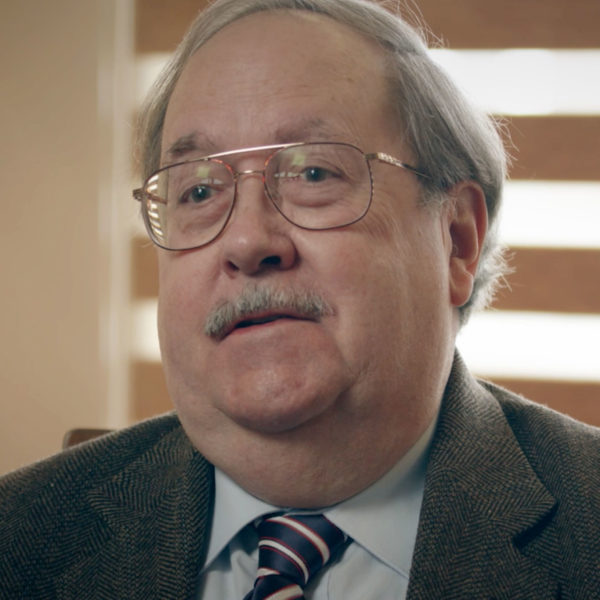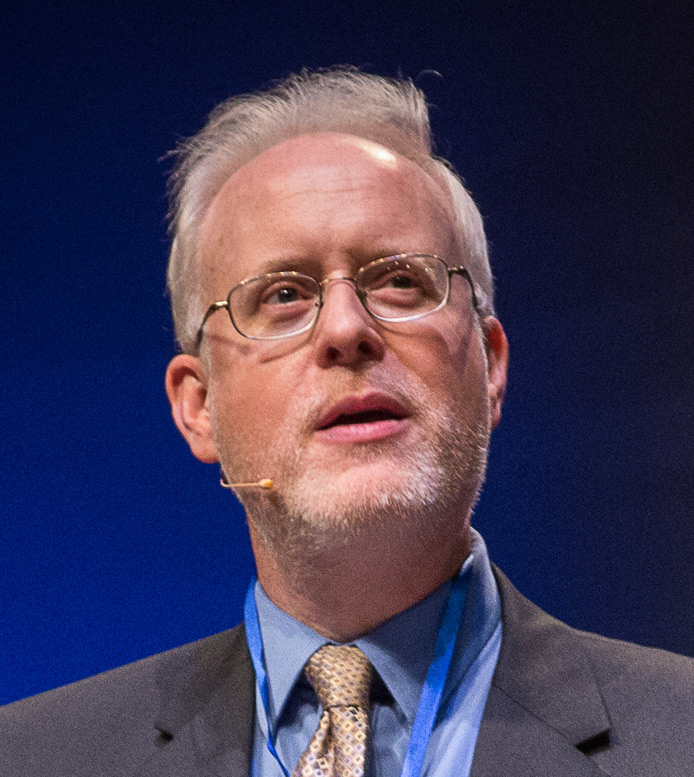The Edge of Evolution, as seen by Dave Ussery and BioLogos
In his next installment Professor Ussery complains that I wasn’t enthusiastic enough in my chapter “What Darwinism Can Do.” As an example of common descent I pointed to Baker’s yeast, for which there is good evidence that sometime in the past its genome duplicated. But I also noted that other yeasts with unduplicated genomes have done fine for themselves. The point was that gene or even whole genome duplication is not the powerful tool that Darwinists often claim. That point passed over Dave’s head. His main comment on the book’s next chapter, “What Darwinism Can’t Do” is to tell the reader to search PubMed for the words “cilium” and “evolution.” One gets lots of papers that contain both those words, he assures us. He naively assumes that means progress is being made on how the cilium could have arisen by a Darwinian mechanism. Ussery is simply wrong. Most of those papers have nothing to do with how the cilium evolved. Others contain interesting studies of which ciliary proteins are similar to which other proteins (which at best concerns only the topic of common descent) as well as vague, speculative scenarios, but none of the papers describes in testable detail how a structure like the cilium could have arisen step-by-step by a Darwinian mechanism. Dave’s argument might be dubbed “The Argument from Personal Credulity” — because he and others believe the cilium could arise by Darwinian means, it must have done so, and any paper that agrees it happened must contain strong evidence that it did happen. Credulity, however, is not ordinarily considered a scientific virtue.
Read More ›